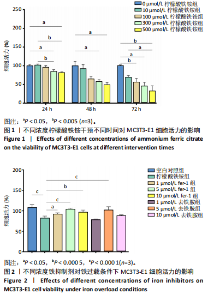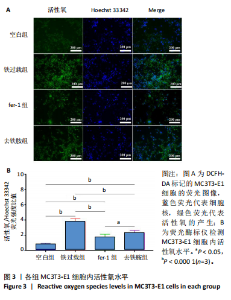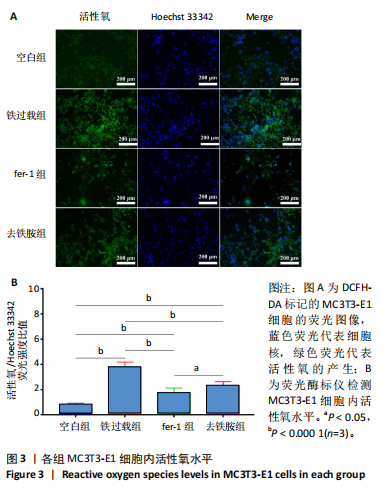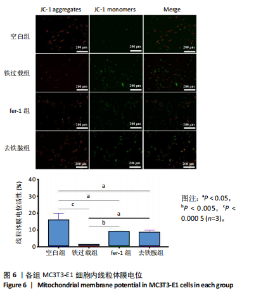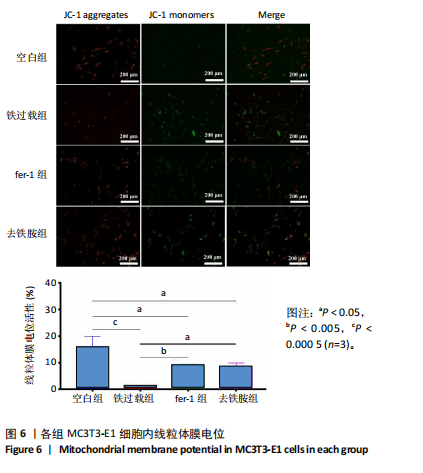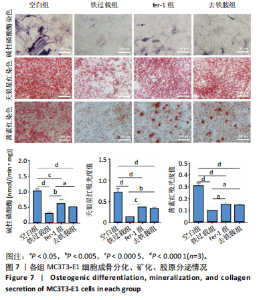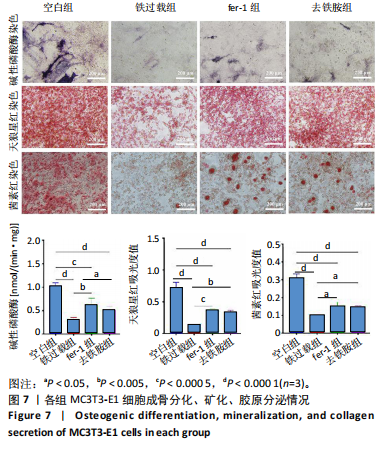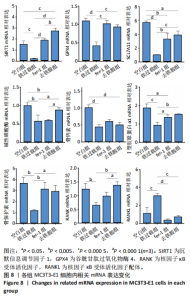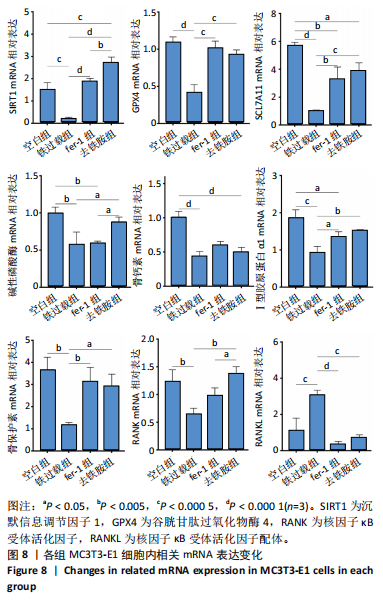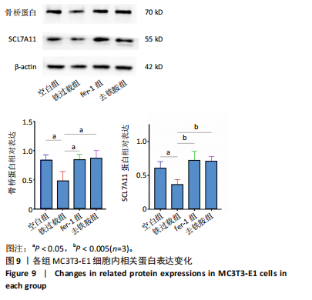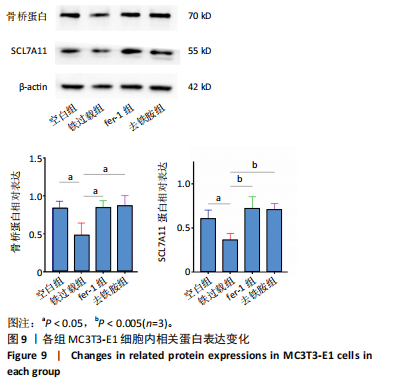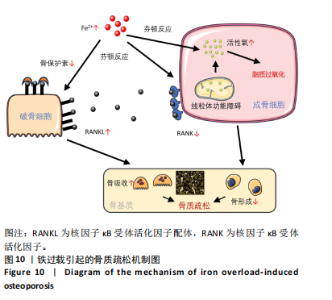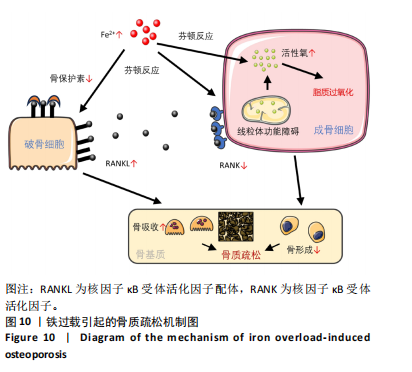[1] LI G, THABANE L, PAPAIOANNOU A, et al. An overview of osteoporosis and frailty in the elderly. BMC Musculoskelet Disord. 2017;18(1):46.
[2] SÖZEN T, ÖZIŞIK L, BAŞARAN NÇ. An overview and management of osteoporosis. Eur J Rheumatol. 2017;4(1):46-56.
[3] VAN DEN BERGH JP, VAN GEEL TA, GEUSENS PP. Osteoporosis, frailty and fracture: implications for case finding and therapy. Nat Rev Rheumatol. 2012;8(3):163-172.
[4] LIANG B, BURLEY G, LIN S, et al. Osteoporosis pathogenesis and treatment: existing and emerging avenues. Cell Mol Biol Lett. 2022; 27(1):72.
[5] KELSEY JL. Risk factors for osteoporosis and associated fractures. Public Health Rep. 1989;104 Suppl(Suppl):14-20.
[6] SONG S, GUO Y, YANG Y, et al. Advances in pathogenesis and therapeutic strategies for osteoporosis. Pharmacol Ther. 2022;237:108168.
[7] GHANI A, ARFEE S. Role of Calcitonin and Strontium Ranelate in Osteoporosis. Indian J Orthop. 2023;57(Suppl 1):115-119.
[8] SU Y, CAPPOCK M, DOBRES S, et al. Supplemental mineral ions for bone regeneration and osteoporosis treatment. Engineered Regeneration. 2023; 4(2):170-182.
[9] HU F, PAN L, ZHANG K, et al. Elevation of extracellular Ca2+ induces store-operated calcium entry via calcium-sensing receptors: a pathway contributes to the proliferation of osteoblasts. PLoS One. 2014;9(9): e107217.
[10] SOUSA L, OLIVEIRA MM, PESSÔA MTC, et al. Iron overload: Effects on cellular biochemistry. Clin Chim Acta. 2020;504:180-189.
[11] 杨城,李玮民,冉栋成,等.铁死亡与骨质疏松症[J].中国组织工程研究,2025,29(3):554-562.
[12] SHAH FT, CHATTERJEE R, OWUSU-ASANTE M, et al. Adults with Severe Sickle Cell Anaemia and Iron Overload Have a High Incidence of Osteopenia and Osteoporosis. Blood. 2004;104:1684.
[13] GAO W, WANG X, ZHOU Y, et al. Autophagy, ferroptosis, pyroptosis, and necroptosis in tumor immunotherapy. Signal Transduct Target Ther. 2022;7(1):196.
[14] ZHOU S, LIU J, WAN A, et al. Epigenetic regulation of diverse cell death modalities in cancer: a focus on pyroptosis, ferroptosis, cuproptosis, and disulfidptosis. J Hematol Oncol. 2024;17(1):22.
[15] YANG RZ, XU WN, ZHENG HL, et al. Involvement of oxidative stress-induced annulus fibrosus cell and nucleus pulposus cell ferroptosis in intervertebral disc degeneration pathogenesis. J Cell Physiol. 2021; 236(4):2725-2739.
[16] 黎淼,何琪,曾嘉旭,等.骨科相关疾病发生发展中的铁超载[J].中国组织工程研究,2023,27(17):2723-2728.
[17] ZHANG H, WANG A, LI G, et al. Osteoporotic bone loss from excess iron accumulation is driven by NOX4-triggered ferroptosis in osteoblasts. Free Radic Biol Med. 2023;198:123-136.
[18] HOMMA T, FUJII J. Application of Glutathione as Anti-Oxidative and Anti-Aging Drugs. Curr Drug Metab. 2015;16(7):560-571.
[19] MARQUES AC, BUSANELLO ENB, DE OLIVEIRA DN, et al. Coenzyme Q10 or Creatine Counteract Pravastatin-Induced Liver Redox Changes in Hypercholesterolemic Mice. Front Pharmacol. 2018;9:685.
[20] JIANG H, ZHANG X, YANG W, et al. Ferrostatin-1 Ameliorates Liver Dysfunction via Reducing Iron in Thioacetamide-induced Acute Liver Injury in Mice. Front Pharmacol. 2022;13:869794.
[21] KARIM A, BAJBOUJ K, SHAFARIN J, et al. Iron Overload Induces Oxidative Stress, Cell Cycle Arrest and Apoptosis in Chondrocytes. Front Cell Dev Biol. 2022;10:821014.
[22] 章家皓,刘予豪,周驰,等.氧化应激促进成骨细胞铁死亡介导激素性股骨头坏死的病理过程[J].中国组织工程研究,2024,28(20): 3202-3208.
[23] TIAN Q, WU S, DAI Z, et al. Iron overload induced death of osteoblasts in vitro: involvement of the mitochondrial apoptotic pathway. PeerJ. 2016;4:e2611.
[24] KOPPULA P, ZHUANG L, GAN B. Cystine transporter SLC7A11/xCT in cancer: ferroptosis, nutrient dependency, and cancer therapy. Protein Cell. 2021;12(8):599-620.
[25] BARTON JC, EDWARDS CQ, ACTON RT. HFE hemochromatosis in African Americans: Prevalence estimates of iron overload and iron overload-related disease. Am J Med Sci. 2023;365(1):31-36.
[26] EVANGELIDIS P, VENOU TM, FANI B, et al. Endocrinopathies in Hemoglobinopathies: What Is the Role of Iron? Int J Mol Sci. 2023; 24(22):16263.
[27] BASCHANT U, ALTAMURA S, STEELE-PERKINS P, et al. Iron effects versus metabolic alterations in hereditary hemochromatosis driven bone loss. Trends Endocrinol Metab. 2022;33(9):652-663.
[28] JENEY V. Clinical Impact and Cellular Mechanisms of Iron Overload-Associated Bone Loss. Front Pharmacol. 2017;8:77.
[29] LI RX, XU N, GUO YN, et al. Hemoglobin is associated with BMDs and risk of the 10-year probability of fractures in patients with type 2 diabetes mellitus. Front Endocrinol (Lausanne). 2024;15:1305713.
[30] TAO ZS, HU XF, WU XJ, et al. Protocatechualdehyde inhibits iron overload-induced bone loss by inhibiting inflammation and oxidative stress in senile rats. Int Immunopharmacol. 2024;141:113016.
[31] MA J, WANG A, ZHANG H, et al. Iron overload induced osteocytes apoptosis and led to bone loss in Hepcidin-/- mice through increasing sclerostin and RANKL/OPG. Bone. 2022;164:116511.
[32] LI XJ, ZHU Z, HAN SL, et al. Bergapten exerts inhibitory effects on diabetes-related osteoporosis via the regulation of the PI3K/AKT, JNK/MAPK and NF-κB signaling pathways in osteoprotegerin knockout mice. Int J Mol Med. 2016;38(6):1661-1672. |
